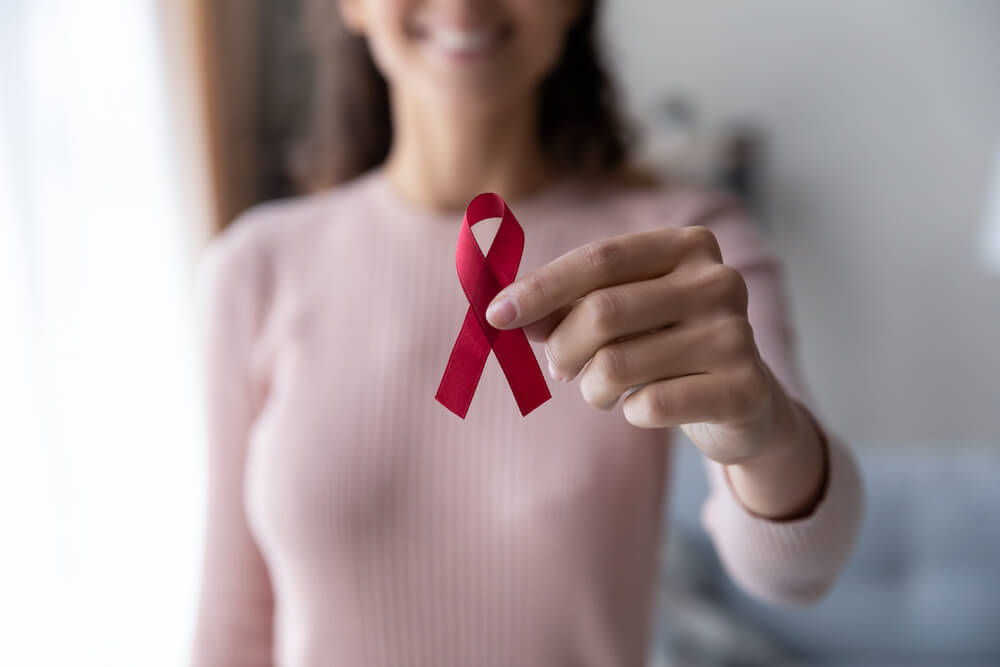How Does Alcohol Affect Breast Cancer Risk?
Most people are aware of the several health risks related to the liver associated with drinking alcohol. However, they are also not aware of the connection between alcohol use and breast cancer. Drinking even small amounts has linked it to an increased risk of breast cancer in women. Research has shown that consuming alcohol can increase the risk of breast cancer by 7 to 16% from 30 years of evidence. So, is alcohol a risk for breast cancer? In comparison to women who do not drink, research suggests alcohol increases breast cancer risk as follows:
- Women who drink three alcoholic drinks a week have a 15% increased risk.
- Each additional drink women have each day on a regular basis increases the risk by 10%.
- Young girls between the ages of 9 to 15 who drink between three to five alcoholic drinks each week, triple their risk of developing noncancerous breast lumps. Some types of noncancerous breast lumps may be linked to an increased risk of breast cancer later in life.
While research shows that even mild drinking increases the risk of breast cancer in women, it hasn’t fully established why. There are likely several different factors that can increase risk and may depend on the type of cancer. These factors include:
Damage to Body Tissue. Alcohol is an irritant that will damage cells, especially in the mouth and throat. As these cells attempt to repair themselves, it may lead to DNA changes that can be a step toward cancer. The body converts alcohol into acetaldehyde as it tries to process it. Acetaldehyde is a chemical that can damage DNA and has shown to cause cancer in lab animals. Drinking can also cause oxidative stress in cells which cause them to create more reactive oxygen species, which are chemically reactive molecules that contain oxygen. Oxygen species can lead to cell damage and increase the cancer risk. Also, alcohol’s damage to the liver leads to inflammation and scarring (cirrhosis). As liver cells attempt to repair the damage, they can also lead to DNA changes and cause cancer.
Reduces Absorption of Folate and Other Nutrients. Alcohol affects the ability to absorb certain nutrients, including folate, which is a vitamin cells need to stay healthy. Folate helps fix and maintain DNA, so already damaged cells from drinking have a hard time fixing themselves. Heavy drinkers can often consume low levels of folate to begin, and can also have a harder time absorbing nutrients.
Drinking Affects Estrogen and Other Hormones. Alcohol can raise estrogen levels which has been linked to an increased risk of breast cancer, especially in women who are postmenopausal.
Causes Weight Gain. Alcohol increases an individual’s caloric intake which can lead to weight gain. Research has also found a link between extra body weight related to fat cells and cancer.
Alcohol Addiction in Women
Research has shown that alcohol use and abuse in women is increasing. Alcohol misuse by anyone can lead to harmful health effects; however, women who drink have a higher risk of certain alcohol-related problems compared to men. Women tend to have alcohol-related problems sooner and at lower drinking amounts than men. Because women tend to weigh less than men and have less water in their bodies, a woman’s blood alcohol concentration (BAC) will tend to be higher and puts them at higher risk for harm. For example, women are more likely to experience hangovers and alcohol related blackouts than men. The difference in body composition also causes women to have a higher risk of developing alcohol use disorders.
The daily limit for women is 1 drink or less a day. Alcohol related risks may be minimized by limiting intake. Binge drinking in women is defined as 4 or more drinks in less than a 2 hour period, which is becoming a steadily increasing problem for women especially on college campuses. Alcohol-related deaths in women between 35 and 54 have doubled in recent years, including an increase of 13% in cirrhosis deaths among women.
Women consume alcohol for a number of reasons. Some common reasons include an attempt to manage stress, self-medicate a mental health disorder (depression, anxiety, trauma), or for social reasons. However, women are more likely to seek treatment for alcoholism than men. It is more socially acceptable for women to be open about their feelings than men which makes it easy to reach out for help.
